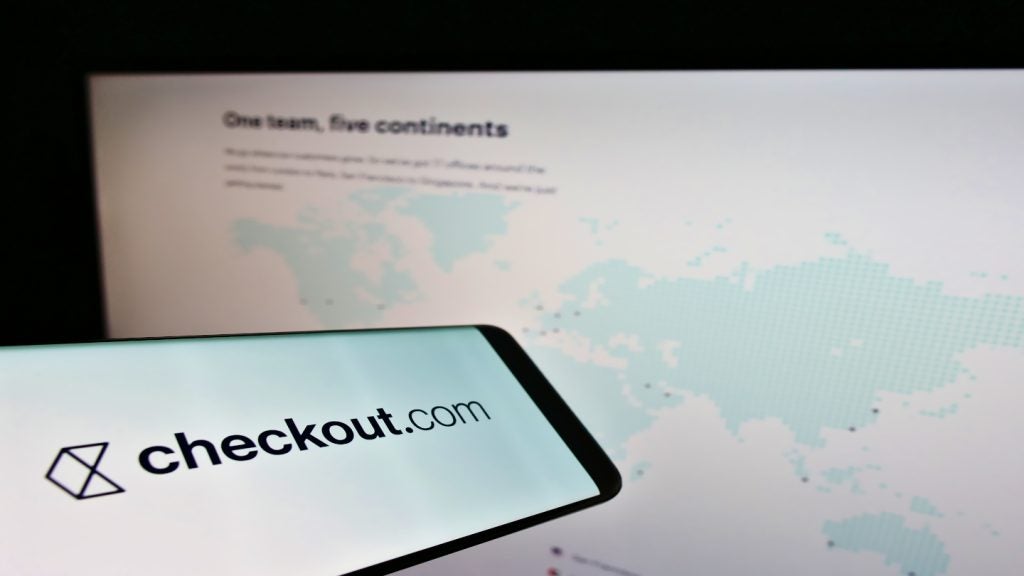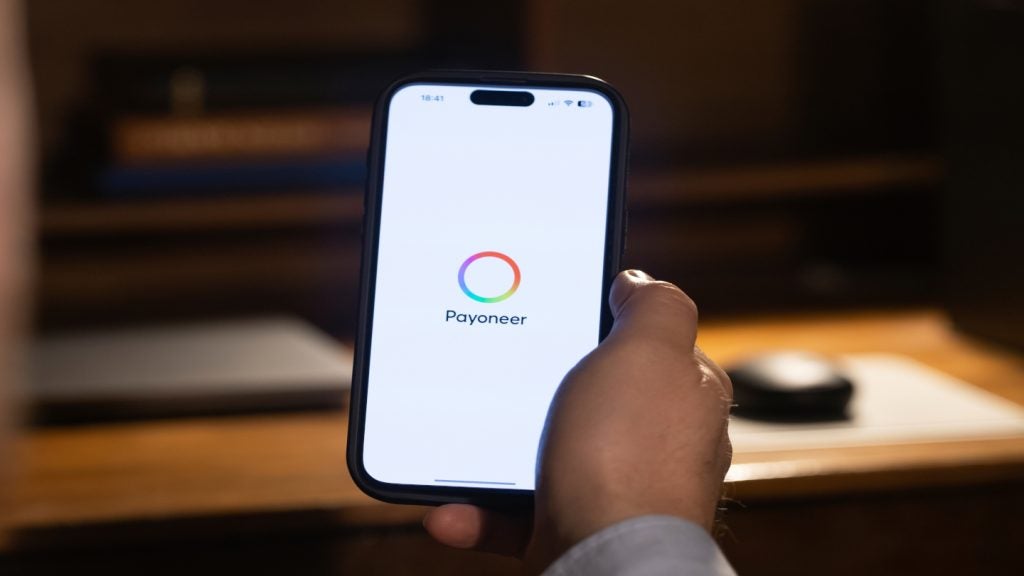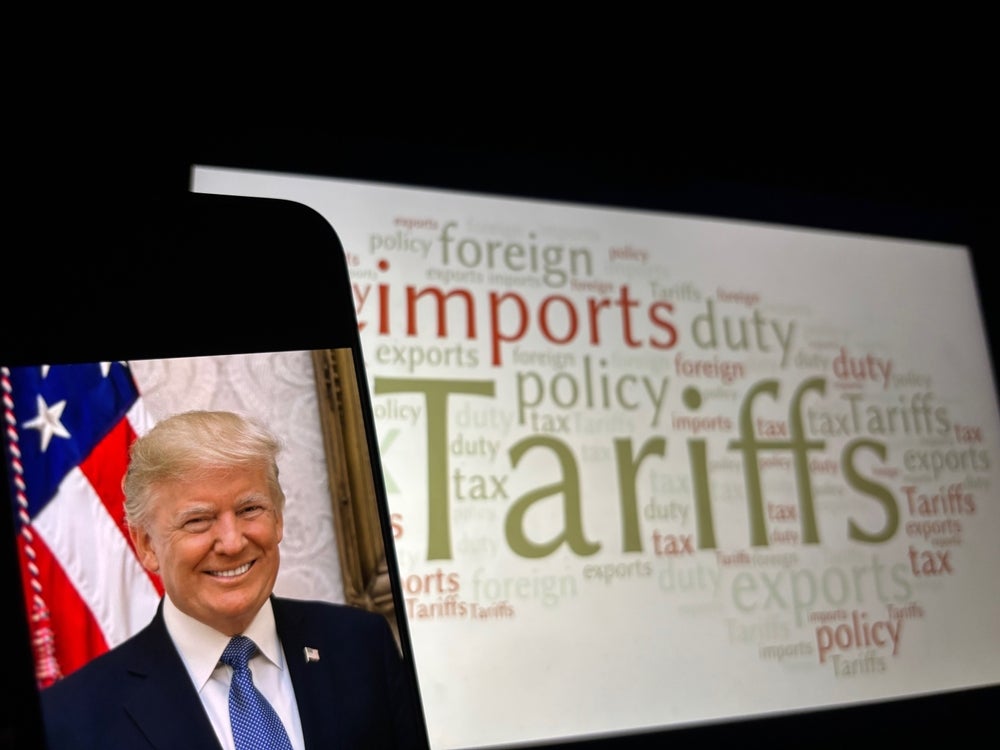The Merchant Payments Ecosystem Conference 2018 brought together payments professionals and merchants from across the globe to Berlin for three days of discussion panels around the payment ecosystem, the latest innovations and regulation, as well as exhibitions and networking sessions.
Discussion focused on how innovation in technology is disrupting the payments system, accelerating competition. At the same time, PSD2 and the GDPR remain key talking points, and are expected to have a more significant impact throughout 2018. Consumers are demanding omnichannel experiences when making a purchase, pushing the industry to innovate and create better services and products.
Susanne Steidl (CPO, Wirecard) spoke about the major challenges for retailers. The market has seen online players entering the bricks-and-mortar market with agile technology and offering a holistic experience.
The online market defines the price of goods and services – offering the best values available on the market (through comparison websites) – while bricks-and-mortar stores find it harder to compete due to the costs associated with location, maintenance, and staffing for physical shops. Consumers have also shifted their expectations and nowadays they are demanding more of a service-driven and customer-orientated experience in the offline retail sector.
There is still a gap in the market in terms of what merchants can provide, permitting a disruption between online and offline channels. There needs to be greater connection and interoperability between the two channels. Western markets may be able to learn from the Chinese example of WeChat.
WeChat is the most popular instant messaging app in China, and has leveraged that popularity to create a payments network spanning the majority of consumers, merchants, and other businesses in the Chinese market. WeChat Pay users can make transactions at anytime and anywhere – whether in-store or online, including for taxi fares, at supermarkets, or even at hospitals.
This mobile-based ecosystem offers merchants the possibility to connect with their consumers at the point of purchase and remotely within one platform. The app is available to download on any smartphone and offers the ability to buy and pay for almost anything a consumer could need, as well as the built-in messaging app to communicate directly with vendors.
This all-encompassing network has proved to be very successful, making WeChat Pay one of the best examples of a complete payments experience today.
Susan Grossman (EVP, Retail and Commerce Solution at Mastercard) spoke about the retail landscape which is being disrupted by the growth of digital channels. Technology has given rise to many factors that are disrupting the landscape, with growing digital channels and digitalisation of shopping and payments. Not only products, but new services have moved online, including transport, hotels, and insurance.
Susan spoke about two major trends that she sees in this ecosystem. First is the explosion of data, which is increasing exponentially. Given the reduced costs of storing data and the innovation of machine learning and AI, there is a massive opportunity for those payment companies and merchants that can best utilize the data.
The second major trend is the “Amazon effect” which has impacted bricks-and-mortar retailers. Consumers expect things to happen fast and seamlessly when making purchases.
For the first time, in 2017 the number of connected devices outnumbered the number of people in the world. These connected consumers expect seamless, omnichannel experiences, with payments becoming invisible and frictionless as part of the process.
Therefore, bricks-and-mortar retailers need to change the relationship with their customers in order to respond to these challenges. A few solutions have already been implemented by some merchants, for example increasing online investment, empowering employees, growing product selection, or introducing loyalty programs.
Julian Sawyer (COO, Starling Bank) explained the bank’s new Merchant Services division’s revenue model and how this could impact other sectors. Its quick and easy customer onboarding – currently a highlight of its consumer banking offering – is something the bank hopes will lead to success in the business banking world.
Entering merchant acquiring services presents its challenges, especially because it’s hard to compete with incumbent players that can offer discounted rates due to economies of scale and have an established market presence. Entering the market and gaining customers will not be impossible, but growing its share in a saturated market could be challenging.
Starling Bank Merchant Services will aim to set new goals for the merchant acquiring industry, looking to provide a quicker implementation process which potentially reduces costs for merchants and lowers fraud risks. It aims to have an omnichannel presence across the European market. Whether Starling will be sustainable and profitable as an acquirer is remains to be seen.
Other discussions included topics like cross-border e-commerce expansion, where industry experts from PPRO, GlobalPayments, and Limonetik spoke about the barriers that acquirers need to overcome when expanding to cross-border acquiring. These barriers include customs, regulation, language, cultural behaviour, and making sure that the business is legally compliant in every country in which it operates.
On top of this, there are over 300 alternative payment methods worldwide, and research from PPRO revealed that 50% of customers will abandon their shopping carts if their preferred payment method isn’t supported.
Overall, there was a lot of discussion around payments and the challenges the industry will face in 2018. Technology remains one of the main drivers for innovation, and change in the payments ecosystem and the retail sector needs to tackle the challenges driven by technology. An omnichannel presence for retailers and payments is essential for today’s connected consumers. Using consumer data will be beneficial to companies that are looking to gain an edge by anticipating and meeting customer needs.







